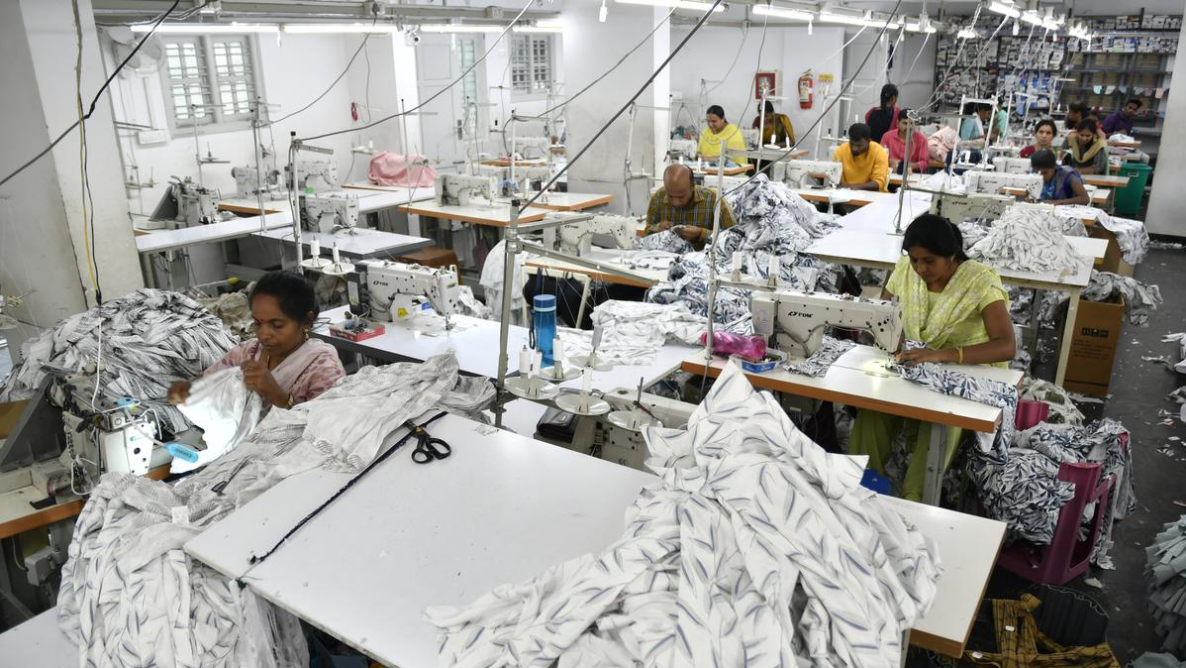



Employment is crucial for inclusive growth as it reduces poverty, bridges inequalities, boosts consumption, and promotes economic stability. However, challenges like jobless growth, skill mismatches, gender disparities, informality, and technological disruptions limit employment generation.

Copyright infringement not intended
Picture Courtesy: The Hindu
India, with its large and youthful population, is set to add around 133 million people to its workforce in the next 25 years, representing a significant share of the global labour force.
Source: The Hindu
|
Practice Question Q. Discuss the key structural issues hindering job creation in India. Suggest a comprehensive strategy to enhance employment generation. |
India’s key demographic strength lies in its expanding working-age population, which has the potential to significantly contribute to global labour markets and stimulate economic growth if effectively harnessed.
Industries such as textiles, tourism, agro-processing, real estate, healthcare, along with micro, small and medium enterprises (MSME), and the gig economy.
Job creation is crucial because it helps alleviate poverty, narrows social and regional inequalities, and ensures that economic gains




© 2025 iasgyan. All right reserved